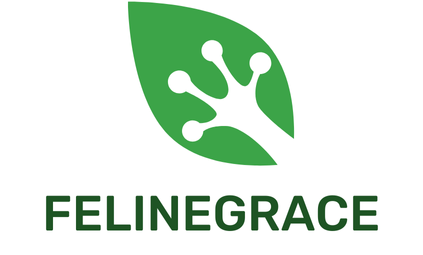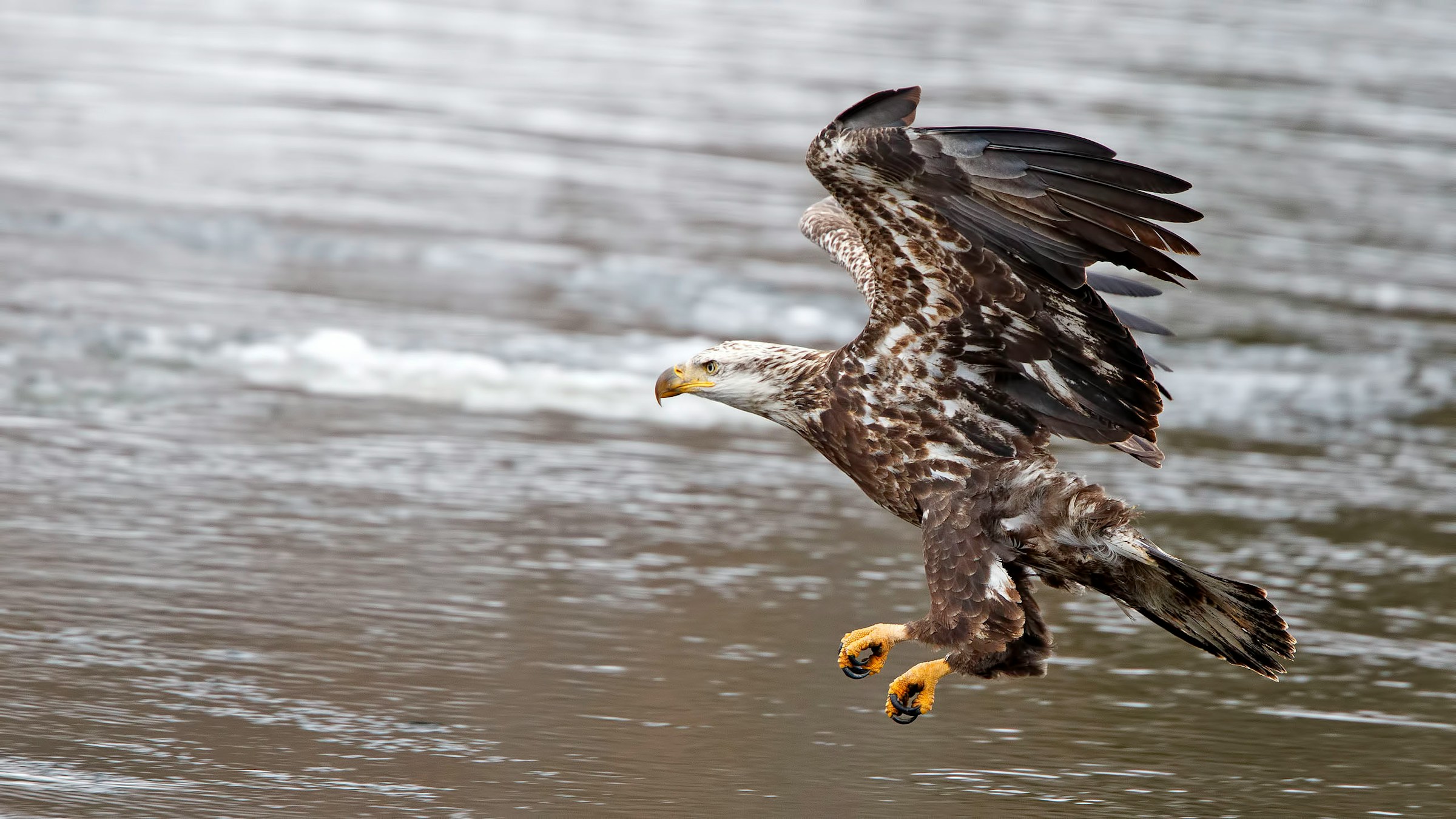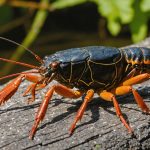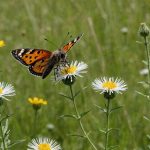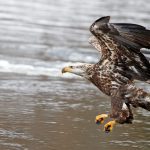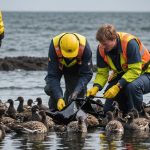Drones, or Unmanned Aerial Systems (UAS), have become increasingly ubiquitous in recent years, empowered by technological advancements. While drones provide numerous benefits, from commercial delivery to aerial photography, they can also pose significant threats to wildlife, particularly birds. This article delves into how the UK is harnessing the power of Google Scholar and Crossref data to regulate drone usage and protect nesting raptors from possible disturbances.
Understanding the Disturbances of Drones To Wildlife
Drones are a double-edged sword. While they have numerous uses in various fields, their flight in sensitive natural areas can cause disturbances to wildlife, particularly to nesting bird species. The key to understanding this lies in the physiological and behavioural responses of these species to drone intrusion.
En parallèle : Recognizing Dehydration in Cats: Effective Methods for Rehydration You Need to Know
Research articles sourced from platforms like Google Scholar and Crossref reveal that drones can cause significant stress to birds. The aerial presence of these unmanned aircraft may be perceived as potential predators by birds, causing them to exhibit flight responses, even if the drone is flying at a significant Above Ground Level (AGL) height. This reaction can lead to energy wastage and interruptions in critical processes such as foraging and nesting, which, in the long term, can have substantial impacts on bird populations.
The Impact of Drones on Raptors
Raptors, or birds of prey, are particularly sensitive to drone disturbances due to their sharp sensory capabilities. Studies show that nesting raptors exhibit various disturbance responses to drone presence, including defensive behaviours and temporary nest abandonment. These behaviours can result in decreased nesting success and chick survival.
A lire en complément : What are the challenges in conserving UK’s native crayfish populations, and how can the public help?
Drones can also cause indirect effects on raptors. Drone-induced stress can lead to increased energy use, which can affect a raptor’s health and reproductive success. Moreover, frequent flights could potentially disrupt hunting routines or cause territorial birds to expend energy defending their home ranges against perceived threats.
The Role of Regulations in Protecting Raptors
Recognising the potential threats drones pose to wildlife, particularly raptors, the UK has implemented regulations to control drone usage in sensitive areas. These regulations, governed by the UK Civil Aviation Authority, stipulate that drones must not fly within 150 metres of a congestion area or over areas such as prisons, nuclear sites, or certain open-air assemblies of more than 1,000 persons. Additionally, the drone must always be within the visual line of sight of the operator and must not fly higher than 400 feet (122 meters) AGL.
In wildlife-specific contexts, the UK has made it illegal to intentionally disturb birds at, on or near their nests. This law applies to all birds, including raptors, and can be used to prosecute drone operators who disturb nesting birds. These regulations are backed by research data, much of it accessible through scholarly platforms like Google Scholar and Crossref, which highlights the distances and altitudes at which drones can cause disturbance to different bird species.
Leveraging Technology to Monitor Drone Activity
Regulations alone are often not enough to prevent disturbance; enforcing these rules is often a greater challenge. Recognising this, the UK is turning towards technology to help monitor and control drone activity in sensitive wildlife areas.
The UK is exploring the use of geofencing technologies, which create virtual boundaries, to prevent drones from entering sensitive wildlife areas. Drones would receive real-time data about no-fly zones, and their inbuilt software would prevent them from crossing into these areas. This system would be particularly beneficial in protecting nesting raptors, as their nesting sites are often well defined.
Additionally, the UK is also studying the use of drone detection systems to identify illegal drone activity. These systems use radar and radio frequency sensors to detect drones, alerting authorities to potential disturbances.
Educating the Public About Responsible Drone Usage
Regulations and technology form only part of the solution; public education is a crucial component in the UK’s strategy to protect nesting raptors from drone disturbances. The UK government, along with various environmental organisations, conducts public awareness campaigns to educate drone users about the potential impacts of drones on wildlife, particularly during the breeding season.
Through seminars, workshops, and informative online materials, these campaigns emphasise the importance of responsible drone flight. They provide practical tips for drone users, such as maintaining a safe distance from wildlife, avoiding nesting areas, and minimising flight time to minimise potential disturbances.
The key message is that while drone technology provides many opportunities, it must be balanced against the welfare of the wildlife that shares our skies. As drone users, you have a responsibility to ensure your activities do not negatively impact these species. By adhering to regulations, using drone technology responsibly, and staying informed about the latest research, you can contribute to the protection of the UK’s nesting raptors.
Ensuring Compliance Through Technology and Active Monitoring
To ensure the protective laws and regulations are observed, the UK is making use of technology and active monitoring methods. One such method is geofencing technology, which sets up virtual boundaries in sensitive areas. This technology sends real-time data to UAS, preventing them from entering designated no-fly zones. Geofencing technology is especially beneficial for the protection of nesting raptors because their nesting sites are usually well defined.
Moreover, the drone detection systems being studied by the UK make use of radar and radio frequency sensors to recognise illegal drone activity. These systems alert the authorities when potential disturbances are detected, allowing them to respond quickly to such incidents.
The UK is also using platforms like Google Scholar and Crossref to stay updated with research on the impacts of drones on wildlife. Studies from these platforms, including those by researchers like Mulero Pazmany, provide valuable insights that inform the development and implementation of drone regulations.
Active monitoring also includes regular assessment of UAS flights and their impact on wildlife. Such assessments are often based on data from previous experimental flights and ongoing observations, providing a comprehensive understanding of how different species and habitats respond to drone presence.
Conclusion: Balancing Technological Advancement with Wildlife Conservation
In conclusion, as drones become increasingly common in our skies, it is crucial that their operation is regulated to minimise disturbances to wildlife, especially nesting raptors. The UK has set a promising precedent in this regard by implementing comprehensive regulations guided by research data from scholarly platforms like Google Scholar and Crossref.
However, mitigating the impacts of drones on wildlife is not solely the responsibility of regulatory bodies. Drone users, too, must be mindful of their actions. It is important to remember that although drones provide us with many opportunities, as operators of unmanned aerial vehicles, we have a responsibility to ensure our activities do not harm the creatures that share our skies.
The UK’s strategy of combining regulation, technology and public education serves as an example for countries worldwide. By learning about the potential impacts of our actions and adhering to regulations, we can enjoy the benefits of drone technology while still prioritising the welfare of our wildlife. Ultimately, it is through this balance that we will be able to harness the full potential of this technology in harmony with our environment.
